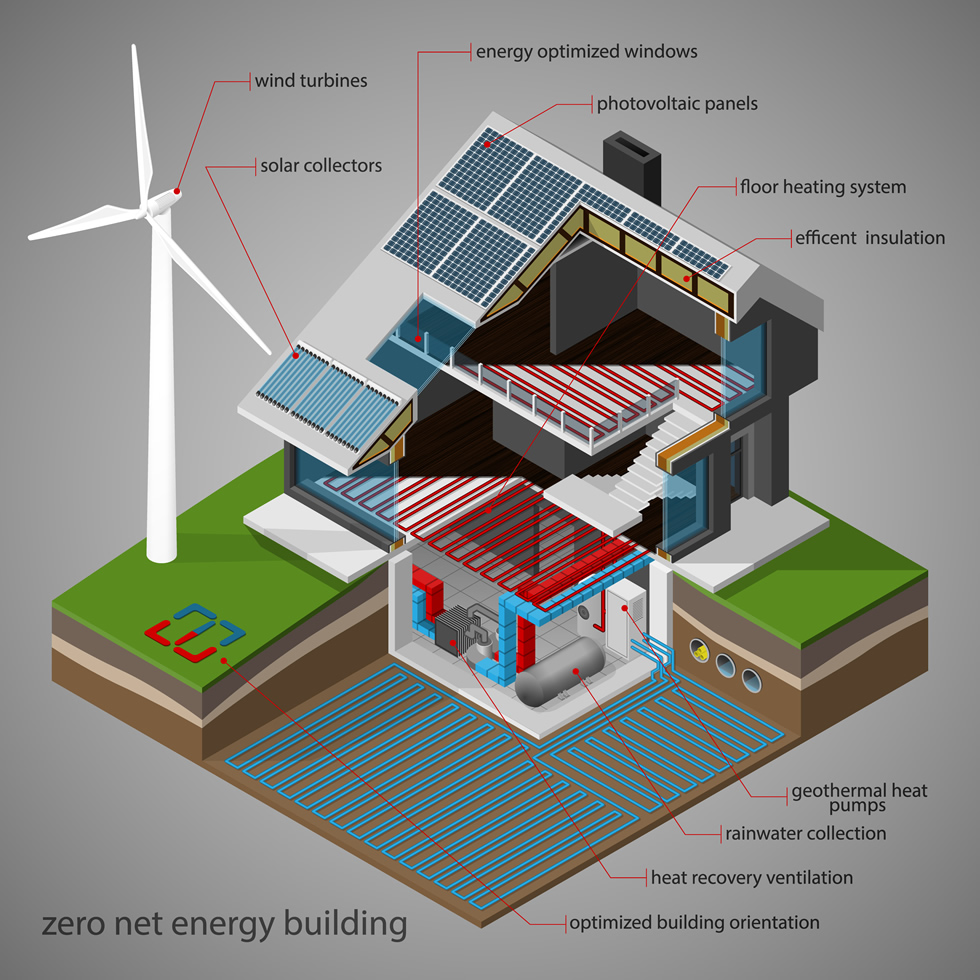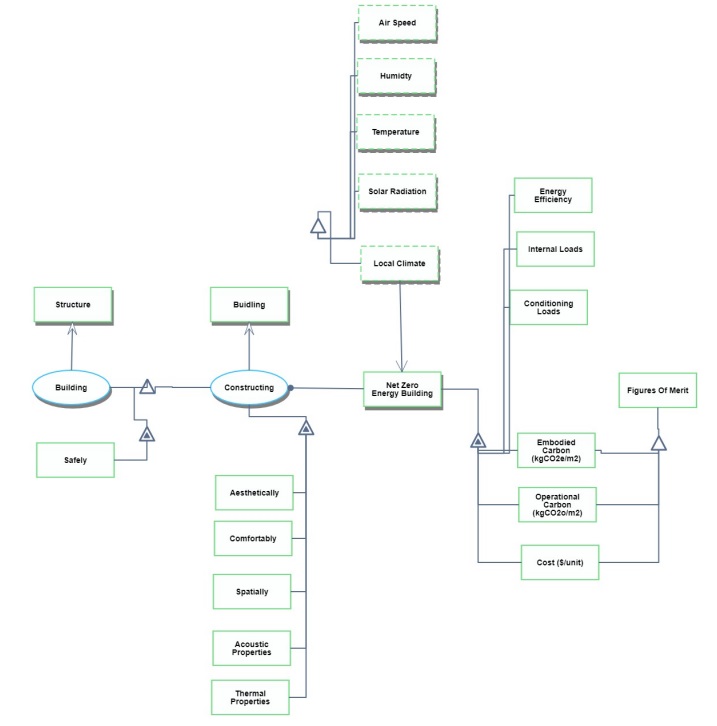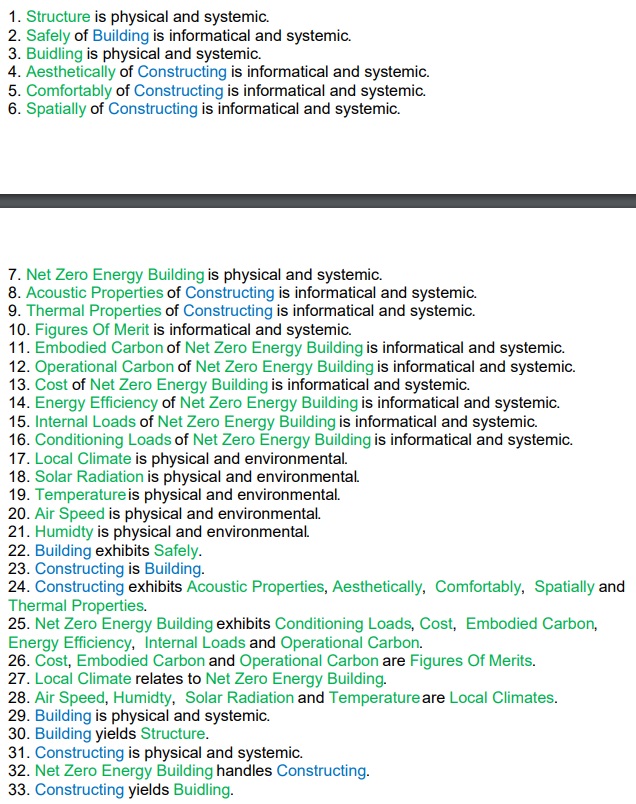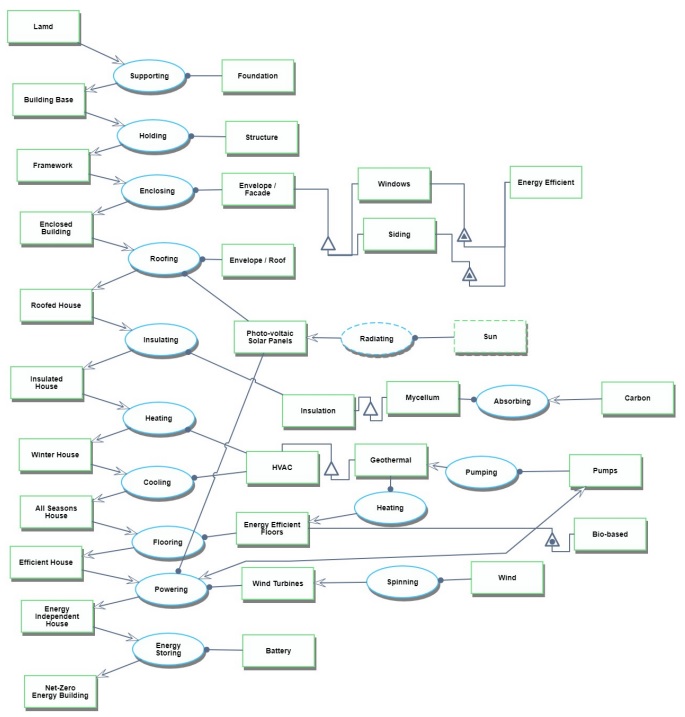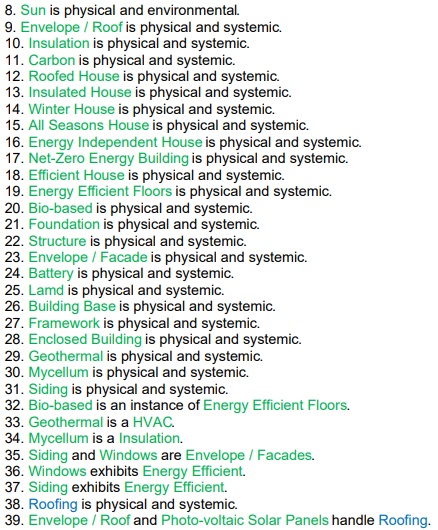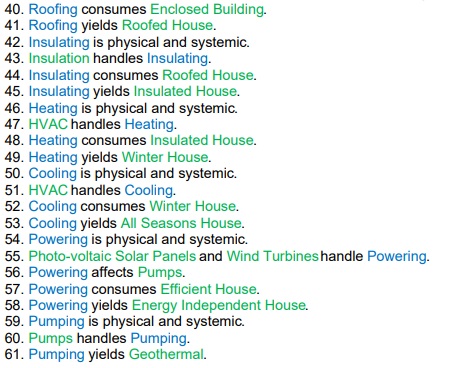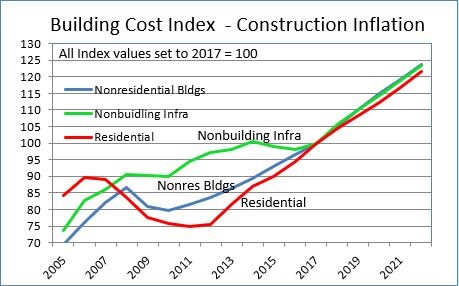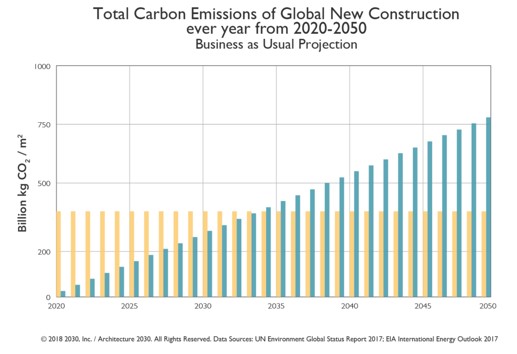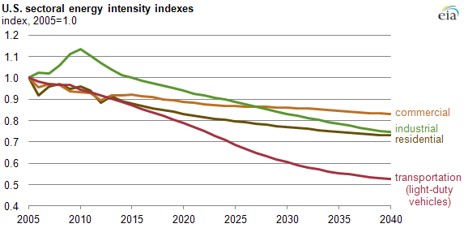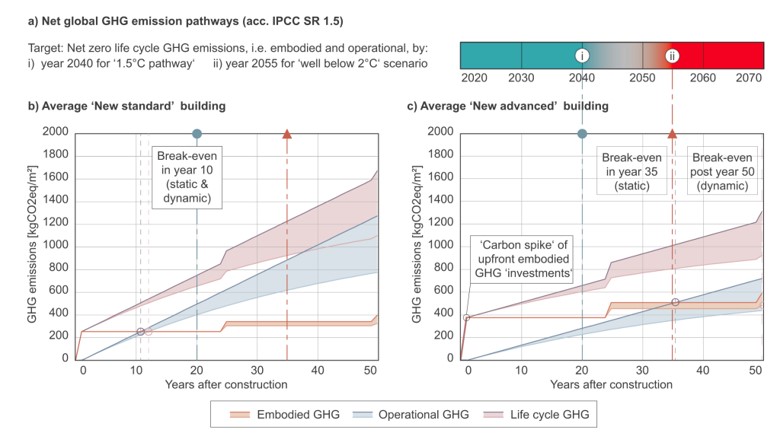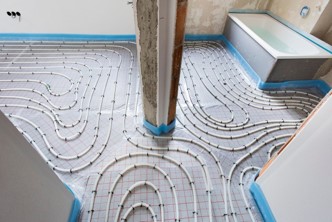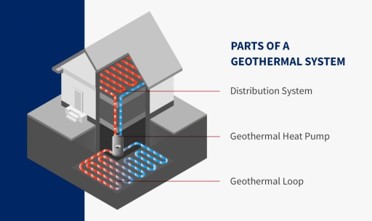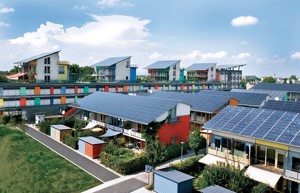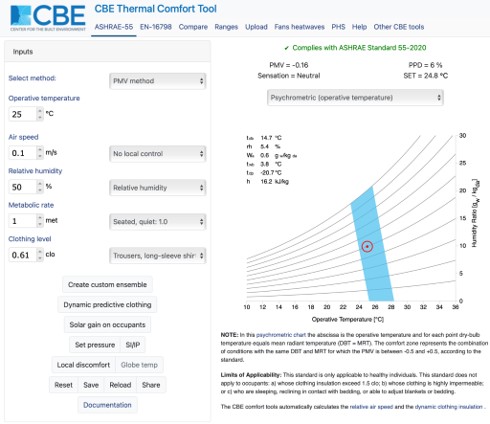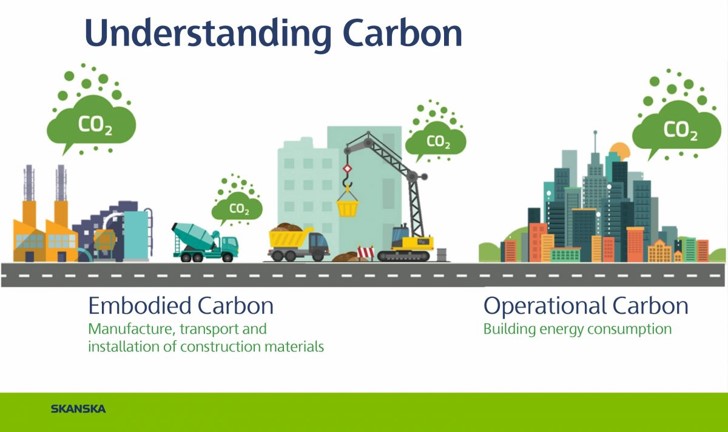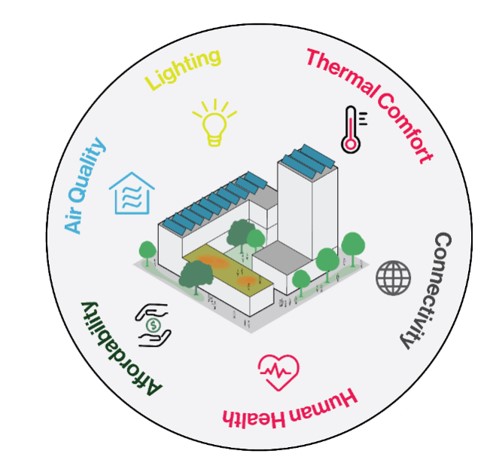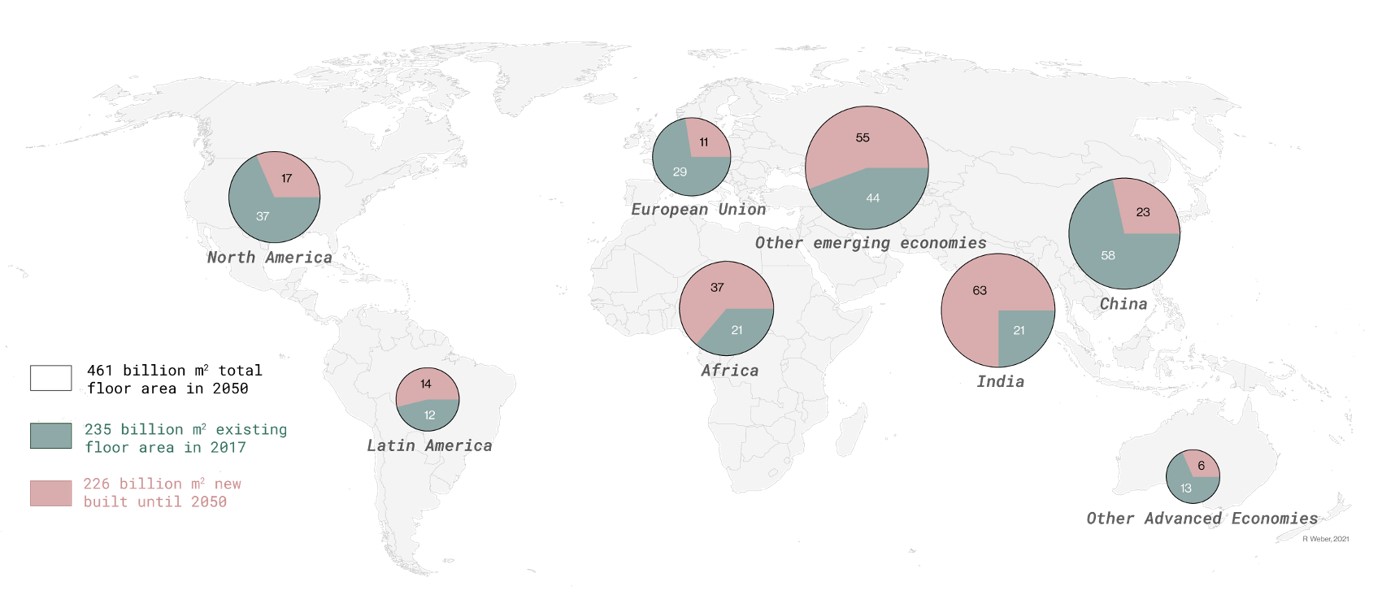Difference between revisions of "Net Zero Energy Building"
| Line 122: | Line 122: | ||
==Pictures to use== | ==Pictures to use== | ||
[[File:NZEB Battery.jpg]] | [[File:NZEB Battery.jpg]] | ||
[[File:Newghg NZEB.jpg]] | [[File:Newghg NZEB.jpg]] | ||
[[File:NZEB floor heating.jpg]] | [[File:NZEB floor heating.jpg]] | ||
[[File:NZEB Geothermal.jpg]] | [[File:NZEB Geothermal.jpg]] | ||
[[File:NZEB PV Roof.jpg]] | [[File:NZEB PV Roof.jpg]] | ||
[[File:NZEB Thermal Comfort Tool.jpg]] | [[File:NZEB Thermal Comfort Tool.jpg]] | ||
[[File:NZEB Understanding Carbon.jpg]] | [[File:NZEB Understanding Carbon.jpg]] | ||
Revision as of 13:20, 11 October 2021
Technology Roadmap Sections and Deliverables
Net-Zero Energy Building - 2NZEB
By: David Gottdiener Islas, Ramon Weber and Andy Canady
Classified on the 5x5 matrix as store(house) organisms - the net goal of the building is to house some sort of organisms in a climate controlled structure utilizing sustainable energy means.
Please note that all files and images used from outside sources in this NZEB page sources can be found within the included link on the file.
Roadmap Overview:
We are developing a level 2 product that can be utilized by the consumers as the Net-Zero Energy Building it is derived from a level 1 structure of generic buildings. The level 2 construct supplies a specific structure aligned with customer’s interests. It is comprised of level 3 and 4 products that come together to provide the emergence of a Net Zero Energy Building. National Renewable Energy Laboratory helps to define a Net-Zero Energy Building as any building with “greatly reduced energy needs” and the ways we can go about achieving this is by incorporating renewable technologies and the energy requirements of the building. We look at this as our level three structures of energy production, energy saving, and energy consumption. The energy saving can be seen from the technologies implemented in the design that reduce the energy usage of the building compared to traditional technologies. Buildings can take a multitude of forms from residential, workplace, commercial, etc. Our roadmap take a holistic approach to show how and where the technologies exist to generate net-zero energy buildings. Technologies used for the envelope and insulation of the buildings can assist with retaining the climate within a building which minimizes the energy consumed in order to maintain. Technologies are also actively being developed that allow for a carbon neutral (and in some cases carbon-negative) footprint. Energy production is highlighted here as wind turbines and photovoltaic solar panels as they are the most common and easily implemented energy technologies on a scale usable by an individual building. Energy consumption can also take the form of renewable energy production as can be seen by geothermal HVAC systems. In this manner a Net-Zero Energy building uses natural energy to heat and cool the building and thereby minimizes the energy consumption footprint.
Design Structure Matrix (DSM) Allocation
Roadmap Model using OPM
OPM of System Level View
OPL of System Level View
OPM of Level 2 Deconstruction of 2NZEB
OPL of Level 2 Deconstruction of 2NZEB
Figures of Merit (FOM)
The mathematical baselines of the main parameters that make a “regular” building into a low energy building add the emergence to the stakeholders . With carbon as the emission with the most global warming potential when applied to buildings we will simplify energy and emissions as carbon use in this model. A buildings real world performance is highly dependent on non-quantifiable properties that have to do with cultural values, aesthetics, spatial properties, and overarching relationships with the urban environment. However, in the scope of this exercise we can focus on the quantifiable emissions from a building. As explained in the OPM model a building’s energy use and carbon emissions are governed by three main loads that affect each other and should be minimized:
Embodied Carbon
The embodied energy of the materials used in the building. For comparison of the metric, we normalize it by the area of the building and measure it in kgCO2e/m2:
FOM Trend
The following shows the trend of embodied carbon remaining relatively stagnant in construction processes as predicted over time. There is a slight decrease however it is not significant compared to the operational carbon costs per year of active buildings. One of the challenges of NZEB is to reduce that embodied carbon trend.
Conditioning Loads
The energy required for building operation with (a.) the conditioning loads of a building that include heating, ventilation, air-conditioning (HVAC) and (b.) the internal loads of a building including appliances and electric lighting. We will combine the two and normalize by the area of the building to measure it as the Energy Use Intensity (EUI) in kWh/m2 based on the local electricity grid we can convert it into the Operational carbon in kgCO2o/m2:
FOM Trend Operational Carbon
Most Energy intensity trends show a decrease regardless of location. The following graph is provided because of reliable data provided by a known organization. Other data compared energy use compared to countries GDP over time and showed similar results This graph is especially useful because it compares different industries. The reference point is energy intensity in 2005 as unit. Portions of it are projections based on current trends, the spike correlates with the recession of 2007-2009.
https://www.eia.gov/todayinenergy/detail.php?id=10191
Embodied Carbon versus Operational Carbon
Yellow bars indicate Embodied Carbon Blue bars indicate Embodied Carbon This is projections based upon continued operations as usual not taking into account NZEB construction.
Some data: “According to data from the UN Environment – Global Status Report 2018, the buildings sector is responsible for a full 39% of global energy-related carbon emissions. While it’s true that the majority of these emissions—around 28%—arise from the day-to-day operations of existing buildings, the other 11% come directly from the embodied emissions of constructing new buildings. That 11% slice of the pie is what the buildings industry has mostly ignored—our industry’s blindspot.” -https://www.canadianarchitect.com/embodied-carbon-the-blindspot-of-the-buildings-industry/
Insert Chart here
https://www.canadianarchitect.com/embodied-carbon-the-blindspot-of-the-buildings-industry/
Price
The Final FOM that gives our technology value is the net price ($/unit) of the NZEB. The per unit portion of this FOM becomes tricky, for buildings such as workplaces may see a higher cost per unit, but this must be compared to the price per unit of non net zero energy buildings and then compare that to the energy costs that are saved per year. According to the National Renewable Energy Laboratory (NREL) for an industry like a local school the annual cost per year on the electric bill is second only to the cost of the teacher salary. This recurring energy saving mechanism provides future value to the school itself (or other company). This technology also allows for room for growth because a NZEB can utilize new emerging technologies. As a technological system it is made up of supporting systems which have to be integrated into the final system. There is cost associated with integrating future technology however one must analyze the benefit at cost associated.
FOM Trend: Price
https://www.nrel.gov/research/re-net-zero-buildings.html
